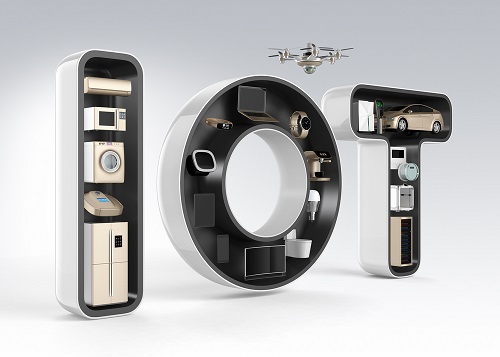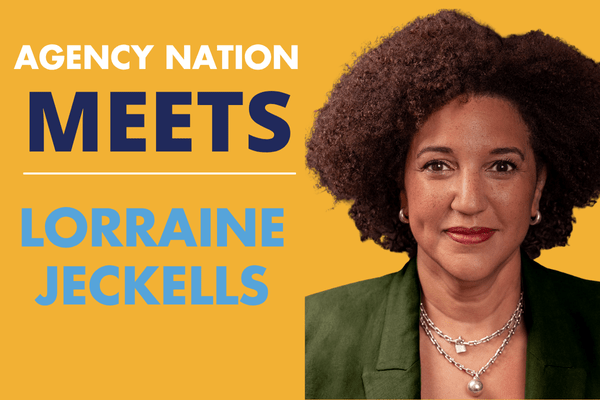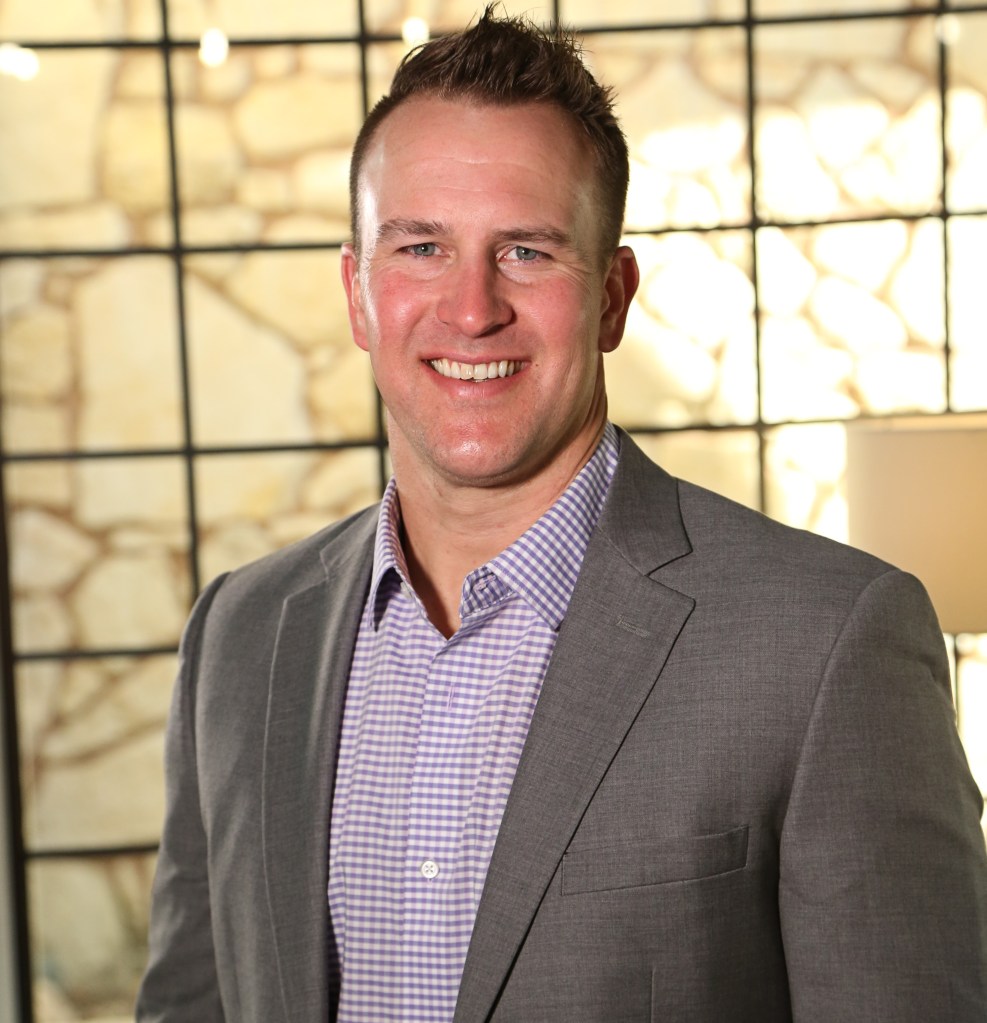Technology Deep Dive: Introduction to the Internet of Things

By: Ron Berg
The Internet of Things (IoT) isn’t about any one technology, but rather the combining of technologies to solve problems and provide information and access. Eventually, the IoT will result in a connected world that few have imagined, profoundly transforming the insurance industry, governments, businesses and our personal lives.
Gartner calls the IoT “the network of physical objects that contain embedded technology to communicate and sense or interact with their internal states or the external environment.” In simple terms, the IoT is a connected system of interrelated devices, mechanical and digital machines, objects, animals and pets, or people that have the ability to communicate, sense or interact without human-to-human or human-to-computer interaction.
Today, there are already billions of IoT devices around the world. Alexa and Google Home help us do homework, place orders or look up recipes on voice command. Smart thermostats like Nest enable us to monitor our heating and cooling from a mobile device, and smart door locks and security systems keep our homes secure. And if you don’t want to lose your keys anymore, Trackr or Tile make it easy to find them.
But how exactly does it work? The IoT integrates four distinct layers of capabilities to enable revolutionary new capabilities: Sensors communicate with the network to move the data to the computing platform, where the business applications interact with the data to draw conclusions and make decisions.
Sensors
Sensors are at the remote end of the IoT stack. They have built-in communication capabilities to connect to the network. Appropriate sensors are deployed depending upon the monitoring need:
- Geospatial sensors report their location to the network, allowing for data to be linked to location. For example, a vehicle can report its location and other information to update the network on travel times, weather and more.
- Environmental sensors report “in situ” data, which means onsite or in position. They allow for remote monitoring of systems and processes or early detection of severe weather events. For example, wave sensors may report on wave and storm activity in an ocean.
- Biosensors such as smart watches, activity bands and rings, along with emerging implantable devices, monitor and report the status of humans and animals. They allow for remote monitoring by either humans or machines, providing early detection of potential health concerns.
- Equipment sensors are embedded in standalone machinery or as part of larger integrated systems and processes. Sensors detect and remediate issues to prevent equipment losses or maintain process and production quality and efficiencies.
Network
The network enables sensors to transmit data to the computing platform. It consists of two types of communication protocols:
- In short-range communication, low-power technologies such as Bluetooth and radio-frequency identification enable sensors to communicate between themselves and with the long-range network.
- Long-range communication occurs via either cell services or non-cellular networks, such as Z-Wave or Wi-Fi. Fifth-generation (5G) cellular networks bring faster speeds, lower latency and the ability to connect more devices, such as phones or sensors.
Computing Platform
The computing platform performs multiple tasks, from managing communications to analyzing data and either making autonomous decisions or alerting operators of situations that require their intervention.
These platforms can be either located in dedicated data centers or, as cloud services, provided by third parties such as Amazon Web Services. The platforms perform low-level processes such as communications and device management, in addition to providing more sophisticated services such as application enablement, analytics and decisioning.
Business Applications
This is the final layer in the IoT stack. Business applications request or receive information from the computing platform to provide the services of the application, which can be consumer- or business-centric.
A consumer-centric application could be a smart speaker from Amazon or Google, or a home automation application like Philips Hue or Apple Home Kit. A business application could be industrial monitoring and automation, such as environmental monitoring at a petroleum refinery, or a mechanical breakdown application deployed by an insurer.
For details on how the IoT will impact personal lines, commercial lines and life-health insurance, keep an eye on IAmagazine.com and upcoming editions of the News & Views e-newsletter.
Ron Berg is executive director of the Agents Council for Technology (ACT). This article is adapted from ACT’s free IoT e-book. ACT’s Strategic Future Issues and Changing Nature of Risk work groups will continue to review and update this document when significant advances occur. View all of ACT’s IoT resources online.










